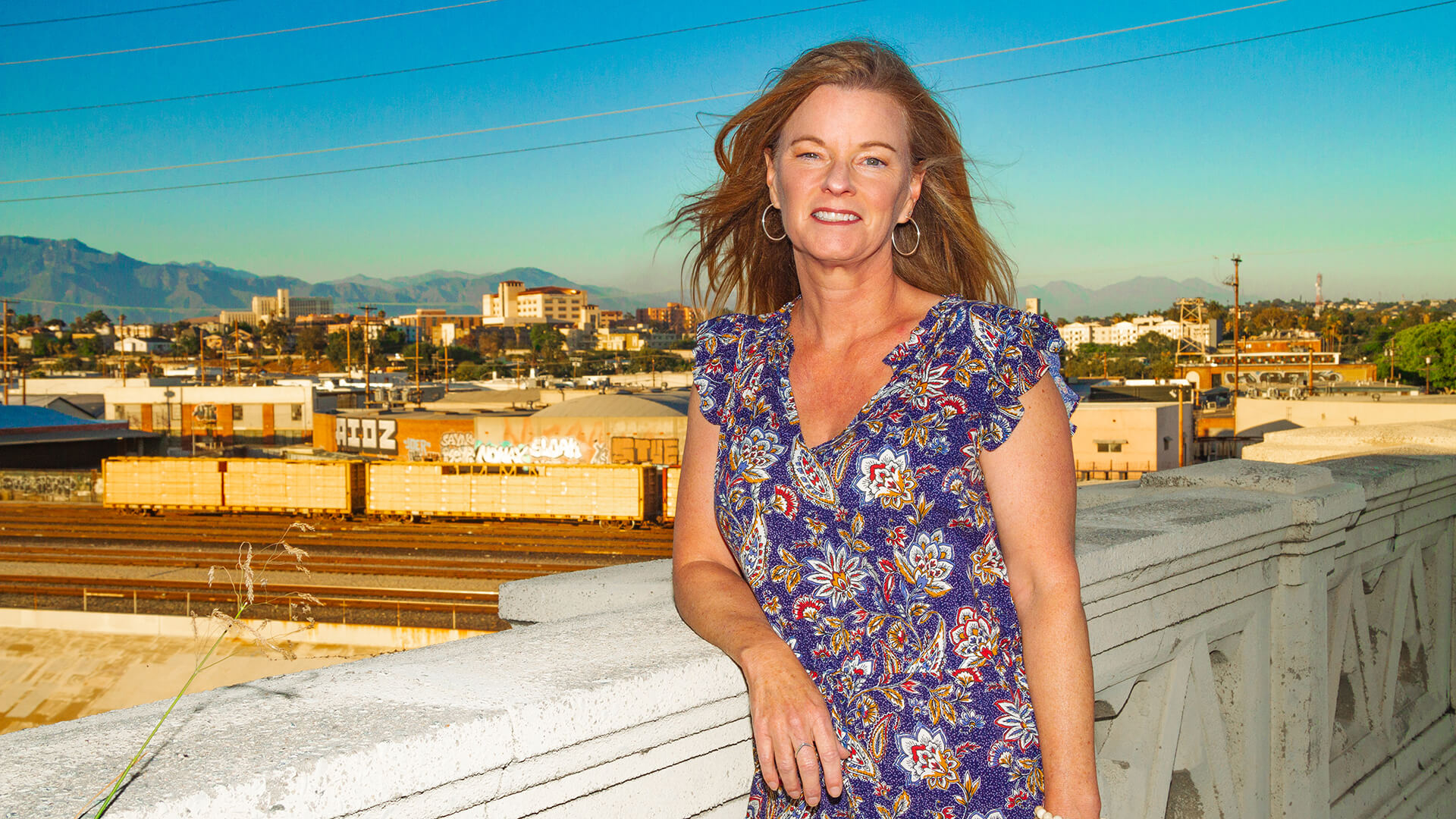Our Future Depends on Water Use

In 2019, the city of Los Angeles announced plans to recycle 100% of its wastewater and source 50% of its water locally by 2035.
While efforts have been made toward those goals, a new multi-university consortium led by USC Viterbi aims to transform Los Angeles into a model for proactive water reuse in response to climate change.
The Water Reuse Consortium, which also includes the University of Arizona and the University of Nevada, Reno, has been awarded a $12.3 million grant as part of a three-phase, $38 million cooperative agreement with the U.S. Army Corps of Engineers, Engineer Research and Development Center, Construction Engineering Research Laboratory (USACE ERDC-CERL).
“Where a population is growing or urbanizing, where industry is developing, where demand for agriculture is increasing, or in arid regions where we need more natural water resources, potable (drinkable) water reuse is especially important,” said Amy Childress, a USC professor of civil and environmental engineering who serves as the consortium’s academic lead. “In addition to advancing scientific and engineering research, we want to radically reframe the perception of so-called ‘wastewater.’ It’s not a waste, it’s a resource.”
The consortium runs parallel to the recent Colorado River deal to reduce water use by 3 million acre-feet in California, Nevada and Arizona over the next three years, cutting usage by 14% across the Southwest.
As part of this, the USC Water Reuse and Resource Recovery Center (ReWater Center) has been established at the Sonny Astani Department of Civil and Environmental Engineering at USC Viterbi, further advancing the department’s reputation as a hub for new thinking about resilient infrastructure. The center will be launched with the support of USACE ERDC-CERL, and its success will depend on new materials, processes and systems that meet public health, energy and sustainability objectives. USC is at the forefront of this research, with key researchers including Childress, Adam Smith, Dan McCurry and Adam Simpson, and documentation and communication efforts spearheaded by lecturer and filmmaker Daniel Druhora.
“In the short term, the goal of the consortium and the center is to jump-start research projects and coalesce the research taking place at the different institutions,” Childress said. “In the medium term, we hope to engage local, regional and the federal government. And in the long term, we hope that these strategies can have global application, with the U.S. serving as a world leader in potable reuse.”
In the coming years, water reuse will become a way of life, and we can start by practicing that mindset at home. The next time you watch soapy water swirl down the sink, it’s worth taking a moment to remember where it came from — if you’re in California, likely the snowy peaks of the Sierras or the Rocky Mountains. Can we really afford to treat this resource as waste?



